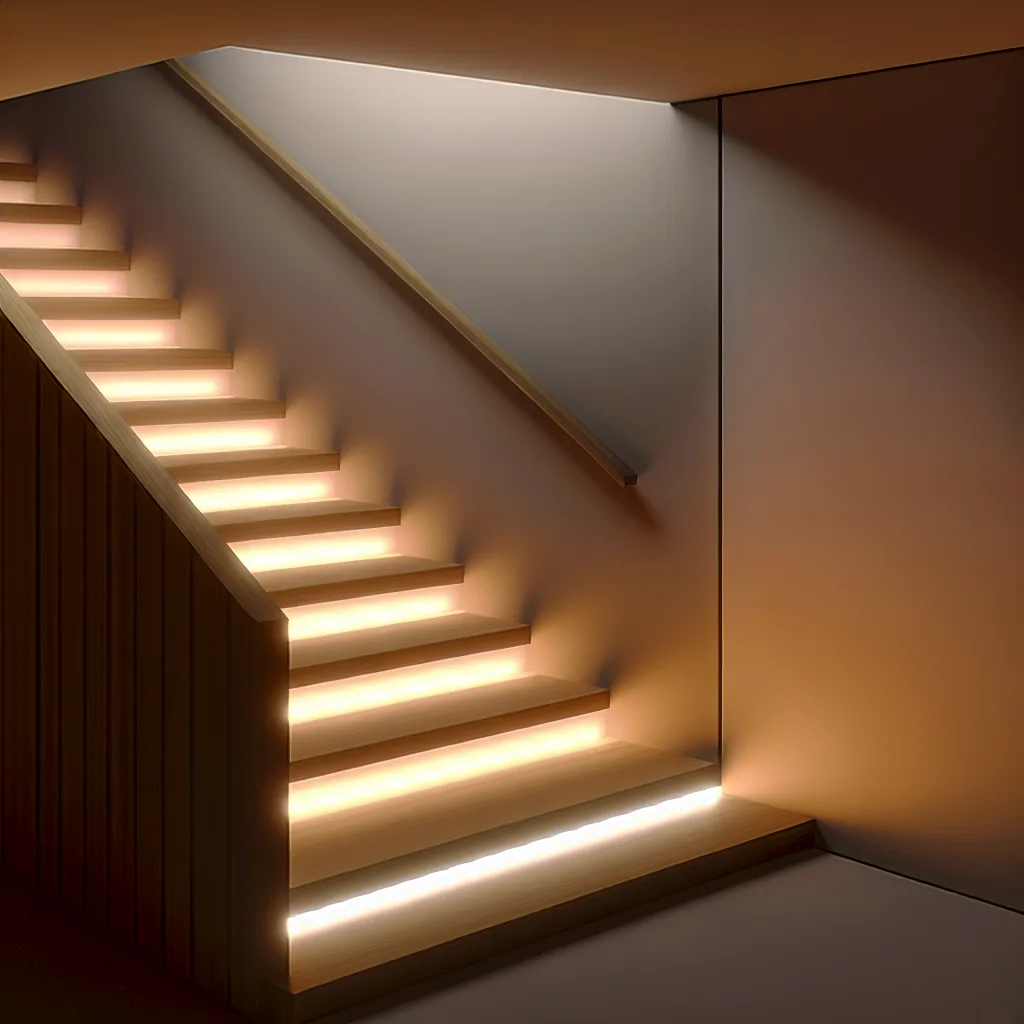Forget complex projects. Here’s a look at my favorite smart light automation setups that solve real, everyday problems.
I love the idea of a smart home, but sometimes it feels like you need an engineering degree just to get started. You see these elaborate setups online with dozens of sensors and complex dashboards, and it’s easy to feel a little overwhelmed. But I’ve found the most satisfying projects are the ones that solve tiny, specific, everyday annoyances. My absolute favorite wins have come from simple smart light automation.
It’s not about turning my entire house into a sci-fi movie. It’s about not fumbling for a light switch with my hands full of laundry. It’s about getting a gentle nudge so I don’t forget to take the trash out.
I want to share two incredibly simple smart light automations I set up that I use every single day. They’re not flashy, but they work perfectly, and they’re the kind of thing you can set up in an afternoon.
No More Fumbling: A Simple Stair Light Automation
The first problem was our stairwell. It’s dark at night, and the switch is in a slightly awkward spot. Trying to find it in the pitch black while carrying something was a regular, low-level annoyance.
So, I set up a super simple lighting system. Here’s what it involves:
- An LED light strip running up the stairs (tucked under the handrail).
- A small motion sensor at the top of the stairs.
- Another motion sensor at the bottom.
The logic is as basic as it gets. If either sensor detects motion, and it’s after sunset, the LED strip turns on to a soft, warm glow—just bright enough to see where you’re going. After a minute of no motion, it gently fades out.
That’s it.
The result is a little bit of magic. The moment you approach the stairs, they light up for you. There’s no fumbling, no bright overhead light to blind you in the middle of the night. It feels welcoming, and it’s a huge practical win for safety and convenience. This is the kind of smart light automation that you immediately can’t live without. It just works, quietly, in the background. If you want to dive into the deep end of controlling automations like this, a platform like Home Assistant offers incredible power and flexibility for tying different devices together.
The “Never Forget Garbage Day” Visual Reminder
My second favorite automation solves a problem I’ve had for years: remembering which garbage bins to take out. Our pickup schedule alternates between regular trash and recycling, and I’d constantly have to check the calendar or, worse, make a mad dash outside in my pajamas after hearing the neighbor’s bins rolling.
I didn’t want another phone notification to ignore. I wanted something more ambient.
The solution? A single smart color bulb in the lamp by our front door.
Here’s the automation I created:
- The night before trash day (around 7 PM), the bulb automatically turns on and changes color.
- It turns green for our regular trash/compost bin.
- It turns blue for recycling day.
The lamp stays that color all evening, providing a can’t-miss visual cue. Then, at 8 AM the next morning, it automatically turns back to its normal warm white.
This simple color change is impossible to ignore but not intrusive. As I’m locking up for the night, I see the green or blue light and get that instant reminder. It’s a perfect example of using smart lighting to communicate information instead of just providing illumination. It’s a project that required just one Philips Hue bulb and a few minutes of setup in the app.
Why This Kind of Smart Light Automation Actually Works
What do these two projects have in common? They’re invisible until you need them. They solve a real, recurring problem without requiring any new habits. There’s no app to open or voice command to remember—they just anticipate a need and meet it.
The best smart home isn’t the one with the most gadgets. It’s the one that quietly removes a handful of tiny frustrations from your day. So if you’re feeling overwhelmed by all the possibilities, just start small. Think about a minor inconvenience you face every day, and ask yourself if a little bit of light couldn’t make it just a bit better.
What’s a small annoyance in your home you’d love to automate away?
